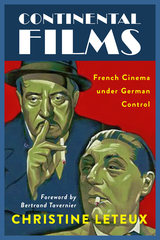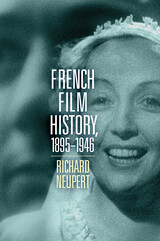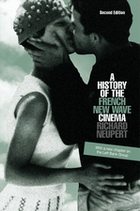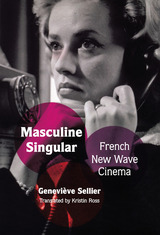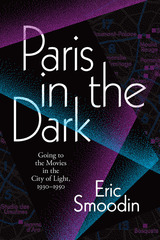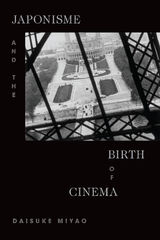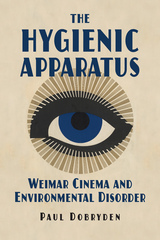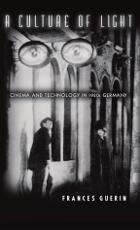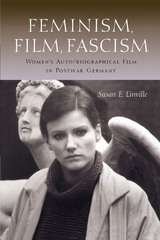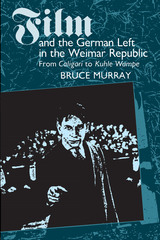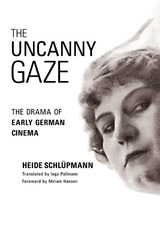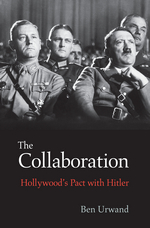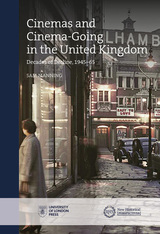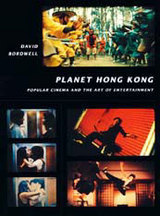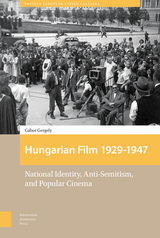A Culture of Light: Cinema and Technology in 1920s Germany
University of Minnesota Press, 2005
Paper: 978-0-8166-4286-1 | Cloth: 978-0-8166-4285-4
Library of Congress Classification PN1993.5.G3G84 2005
Dewey Decimal Classification 791.43094309042
Paper: 978-0-8166-4286-1 | Cloth: 978-0-8166-4285-4
Library of Congress Classification PN1993.5.G3G84 2005
Dewey Decimal Classification 791.43094309042
ABOUT THIS BOOK | AUTHOR BIOGRAPHY | TOC
ABOUT THIS BOOK
Cinema is a medium of light. And during Weimar Germany's advance to technological modernity, light - particularly the representational possibilities of electrical light - became the link between the cinema screen and the rapid changes that were transforming German life.In Frances Guerin's compelling history of German silent cinema of the 1920s, the innovative use of light is the pivot around which a new conception of a national cinema, and a national culture emerges. Guerin depicts a nocturnal Germany suffused with light - electric billboards, storefronts, police searchlights - and shows how this element of the mise-en-scene came to reflect both the opportunities and the anxieties surrounding modernity and democracy. Guerin's interpretations center on use of light in films such as Schatten (1923), Variete (1925), Metropolis (1926), and Der Golem (1920). In these films we see how light is the substance of image composition, the structuring device of the narrative, and the central thematic concern. This history relieves German films of the responsibility to explain the political and ideological instability of the period, an instability said to be the uncertain foundation of Nazism. In unlocking this dubious link, A Culture of Light redefines the field of German film scholarship.
See other books on: Cinema | Cinematography | Culture in motion pictures | Light | Lighting
See other titles from University of Minnesota Press

